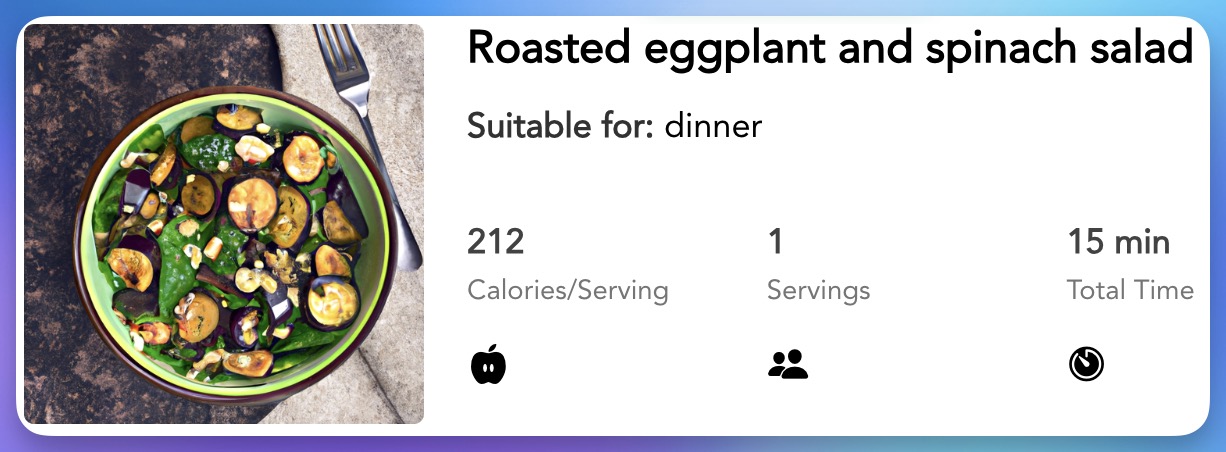Gout Diet Meal Plan
Gout, a form of inflammatory arthritis, is often accompanied by excruciating pain and discomfort. This condition occurs when there is an excess of uric acid in the body, leading to the formation of urate crystals in the joints. For individuals grappling with gout, the Gout Diet 1250 kCal Plan emerges as a guiding light, offering a strategic approach to managing and mitigating the risks of recurrent gout attacks. This plan, tailor-made for gout-prone clients, places a strong emphasis on low-purine protein sources, abundant vegetable intake, and a fiber-rich diet. It also incorporates low-fat dairy and soy products to help control uric acid levels in the blood. As a nutrition professional, understanding the nuances of gout and the intricacies of this plan can be a game-changer in assisting clients with gout management.
What is Gout?
Gout is a complex type of arthritis resulting from the buildup of uric acid crystals in the joints. This condition often manifests as sudden, excruciating pain, most commonly affecting the big toe, although it can impact other joints as well. Gout occurs when the body either produces too much uric acid or fails to excrete it efficiently. While genetics can play a role, lifestyle factors, including diet, can significantly impact uric acid levels.
Key Features of the Gout Diet 1250 kCal Plan
This specialized plan is tailored to reduce the risk of recurrent gout attacks and manage the condition effectively. Key components of the plan include:
-
- Low-Purine Protein: This plan is centered around low-purine protein options such as lean meats, poultry, tofu, and legumes.. Purines are compounds found in certain foods that can increase uric acid levels. High-purine foods, like organ meats and certain seafood, can exacerbate gout.
-
- Abundant Vegetables: Vegetables are a cornerstone of this plan. They provide essential vitamins, minerals, and fiber while being naturally low in purines. This supports overall health and helps prevent gout attacks.
-
- High Fiber Foods: A diet rich in fiber can assist in maintaining a healthy weight, a crucial factor in gout management. Fiber also aids in regulating blood sugar levels and contributes to a feeling of fullness, reducing overconsumption.
-
- Low-Fat Dairy and Soy Products: Low-fat dairy and soy products are included to lower the risk of gout attacks. These foods have been shown to reduce blood uric acid levels, contributing to better gout management.
- - Balanced Nutrition: While managing uric acid levels is a primary focus, the plan also emphasizes balanced nutrition. This ensures clients receive essential nutrients while reducing the risk of gout flares.
Gout Management Beyond Diet
While the Gout Diet 1250 kCal Plan is a valuable tool in the management of gout, holistic care encompasses more than just nutrition. It's essential for individuals with gout to:
-
- Adhere to Medication: Clients should follow their doctor's prescribed medications for gout as directed.
-
- Regular Exercise: Engaging in at least 30 minutes of exercise most days of the week can help maintain joint health and overall well-being.
-
- Maintain a Healthy Weight: Achieving and maintaining a healthy weight is crucial. However, crash diets and rapid weight loss methods should be avoided, as they can elevate uric acid levels.
-
- Stay Hydrated: Adequate hydration is vital for flushing uric acid from the body. Clients should aim for at least 8 cups of fluids daily, with water comprising at least half of their intake.
-
- Diet Journaling: Keeping a diet journal can help clients identify trigger foods that may exacerbate gout flares.
Gout Management
As a nutrition professional, you have the opportunity to make a profound impact on your clients' lives by equipping them with the knowledge and tools to manage gout effectively. The Gout Diet 1250 kCal Plan is a valuable tool for nutrition professionals. Understanding gout and its dietary management is essential for providing effective guidance to individuals dealing with this painful condition. By integrating this plan into your practice, you can contribute significantly to your clients' gout management journey, providing them with relief and improved quality of life.
Note: Always consult with a healthcare provider for a comprehensive assessment and tailored recommendations for managing gout.
References
- Vedder D, Walrabenstein W, Heslinga M, de Vries R, Nurmohamed M, van Schaardenburg D, Gerritsen M. Dietary Interventions for Gout and Effect on Cardiovascular Risk Factors: A Systematic Review. Nutrients. 2019 Dec 4;11(12):2955. doi: 10.3390/nu11122955. PMID: 31817107; PMCID: PMC6950134.
People are also reading...
🫘 High Iron Meal Plan
🍗 High Protein Meal Plan
🍊 Immuno Supportive Meal Plan
🥓 Keto Meal Plan
🥦 Low Carb Plant Based Meal Plan
🥔 Low FODMAP Meal Plan
Ready to level-up?
Create meal plans 10x faster, follow up with your clients through our mobile app, and never struggle with meal planning or recipe management again.

